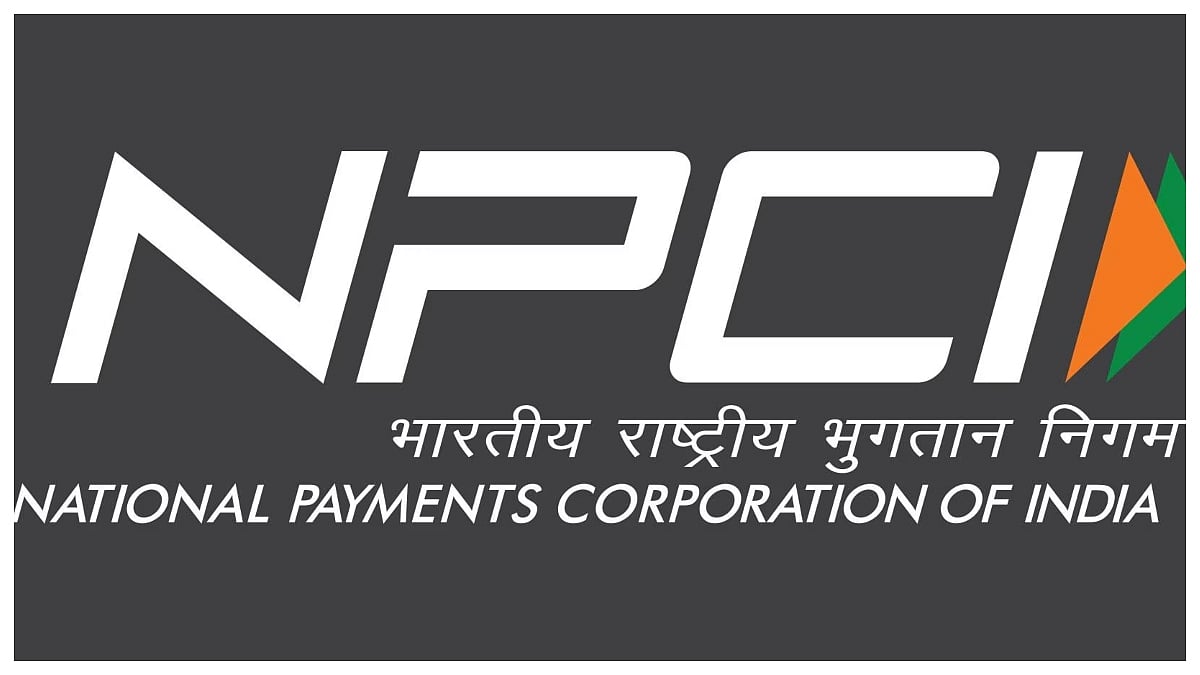Mumbai: The National Payments Corporation of India (NPCI) has brought in new rules to control how banks check the status of UPI (Unified Payments Interface) payments. This step comes after a major five-hour UPI outage on April 12, the longest in over three years.
The problem happened because many banks sent too many “Check Transaction” requests when they didn’t receive a response from the receiving bank. These repeated calls overloaded the system and caused delays.
New Rules for Banks to Follow
In a circular issued on April 26, NPCI told banks to follow new rules right away:
– Banks should wait at least 90 seconds after sending a UPI payment before asking for a status update.
– Some member banks can start checking after 45–60 seconds.
– Only three status check calls are allowed for a transaction, and they should be done within two hours.
– These changes are aimed at reducing the pressure on the UPI system and stopping future outages.
Audits Made Mandatory
NPCI has also asked banks to get their systems checked by auditors who are approved by CERT-In (India’s cybersecurity agency). These checks must be done every year to ensure everything works properly.
Rate Limits May Be Added Soon
Although NPCI hasn’t set official limits on how often banks can check transaction status, it said banks should handle this responsibly. However, due to the recent problems, NPCI is now thinking about adding rate limiters to control such API (software connection) calls. This will be done after talking to its steering committee.
What Caused the Problem?
When banks don’t get confirmation from the receiver’s bank, they send multiple checks to find out if the payment went through. These extra calls, especially from Payment Service Provider (PSP) banks, can flood the system.
